Related products
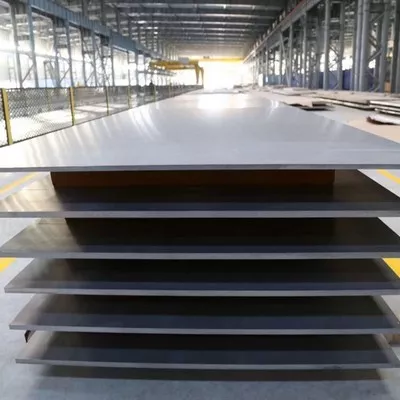
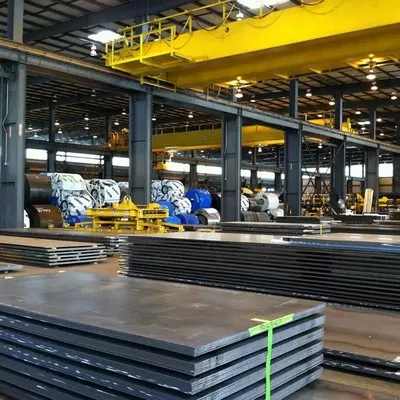
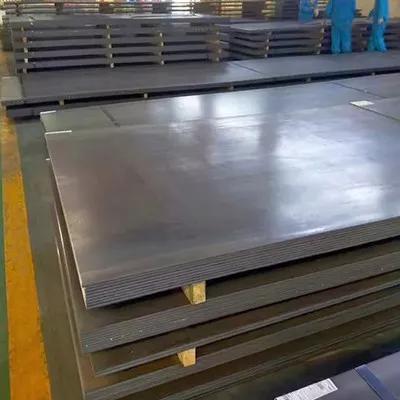
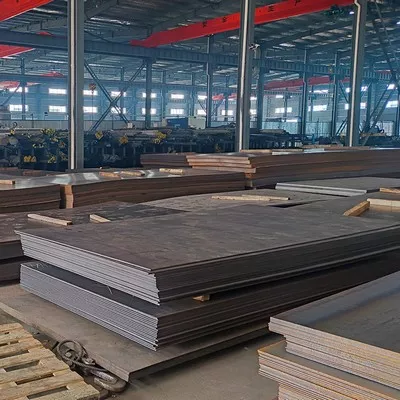
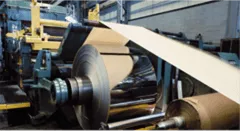

live a message
High-strength shipbuilding steel plates can be divided into: AH32, DH32, EH32; AH36, DH36, EH36 and AH40, DH40, EH40.
1,General grades A, B, D, E are distinguished by the impact temperature of the steel. The impact value of all steel grades is the same.
2, High-strength hull structural steel preheating requirements: for all AH, DH, EH plate thickness greater than 30mm angle, butt joints, preheat to 120 ~ 150 ℃ before welding.
3, Plate thickness ≤ 30mm, ambient temperature below 5 ℃, preheating to 75 ℃; ambient temperature below 0 ℃, preheating to 75 ~ 100 ℃.
Steel plates for shipbuilding are carbon and alloy steel plates used in offshore and marine engineering. Common grades include A, B, D, E, AH32/36/40, DH32/36/40, EH32/36/40, etc., ranging from different strengths. These plates are commonly used in the manufacture of hulls, bulk carriers, container ships and LNG carriers, bulkheads, upper decks and hatch covers.The primary application is already in the name of shipbuilding steel: These steel grades are used for cabin structures on cruise ships. Particularly thin plates are used in large widths for such applications. These sheets exhibit best processing properties such as flatness and weldability. High-strength, thermomechanically rolled ship plates, on the other hand, are used in the offshore sector. They are used for deck superstructures on platforms or for special ships in the oil and gas industry.
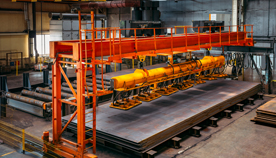
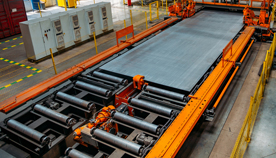
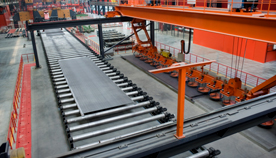
Shipbuilding plates can be divided into the following grades according to their yield strength:
Grade A steel is the impact force at room temperature (20 °C).
Class B steel is impact force at 0 °C.
Class D steel at -20 °C.
Grade E steel at -40 °C.
Elements | C | Mn | Al | Si | P | S |
AH32 | ≤0.18 | 0.7~1.60 | ≥0.015 | 0.10~0.50 | ≤0.04 | ≤0.04 |
DH32 | ≤0.18 | 0.90~1.60 | ≥0.015 | 0.10~0.50 | ≤0.04 | ≤0.04 |
EH32 | ≤0.18 | 0.90~1.60 | ≥0.015 | 0.10~0.50 | ≤0.04 | ≤0.04 |
AH36 | ≤0.18 | 0.7~1.60 | ≥0.015 | 0.10~0.50 | ≤0.04 | ≤0.04 |
DH36 | ≤0.18 | 0.90~1.60 | ≥0.015 | 0.10~0.50 | ≤0.04 | ≤0.04 |
EH36 | ≤0.18 | 0.90~1.60 | ≥0.015 | 0.10~0.50 | ≤0.04 | ≤0.04 |
Mechanical Properties | |||||||
Steel Grade | Thickness/mm | Yield point/ MPa | Tensile strength/ MPa | Elongation/ % | V-type impact test | ||
Temperature/ ℃ | Average impact absorption workAkv/J | ||||||
Vertical | Horizontal | ||||||
A | ≤50 | ≥235 | 400~490 | ≥22 | - | - | - |
B | ≤50 | ≥235 | 400~490 | ≥22 | 0 | ≥27 | ≥20 |
D | ≤50 | ≥235 | 400~490 | ≥22 | -10 | ≥27 | ≥20 |
E | ≤50 | ≥235 | 400~490 | ≥22 | -40 | ≥27 | ≥20 |
AH32 | ≤50 | ≥315 | 440~590 | ≥22 | 0 | ≥31 | ≥22 |
DH32 | ≤50 | ≥315 | 440~590 | ≥22 | -20 | ≥31 | ≥22 |
EH32 | ≤50 | ≥315 | 440~590 | ≥22 | -40 | ≥31 | ≥22 |
AH36 | ≤50 | ≥355 | 490~620 | ≥22 | 0 | ≥34 | ≥24 |
DH36 | ≤50 | ≥355 | 490~620 | ≥22 | -20 | ≥34 | ≥24 |
EH36 | ≤50 | ≥355 | 490~620 | ≥22 | -40 | ≥34 | ≥24 |
| a36 carbon steel plate suppliers | 1 4 carbon steel plate |
| a36 ship carbon steel plate | 1 8 carbon steel plate |
| a36 hot rolled carbon steel plate | 1/2 carbon steel plate |
| a53 carbon steel plate | 1/4 inch carbon steel plate |
| a36 carbon steel plate | 1095 carbon steel plate |
| carbon steel a36 plate | 3 16 carbon steel plate |
Every industry has its unique set of material specifications and needs. That’s why you can count on the exceptional experience and industry knowledge of the professionals at Kuaima Steel - Meeting the Exact Needs of Every Industry That Uses steel.



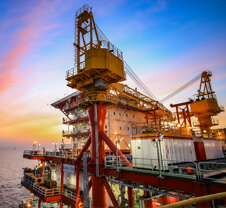



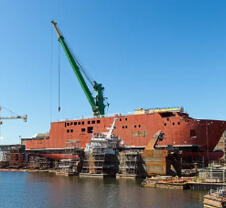


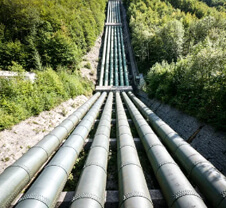

We are a well known worldwide exporter of Shipbuilding steel plate , Ireland, Portugal, Gambia, Thailand, Ukraine, United Kingdom, Netherlands, South Africa, Spain, Turkey, Italy, Libya, Romania, Puerto Rico, Azerbaijan, United Arab Emirates, Pakistan, Philippines, Ghana, Slovakia, Germany, Saudi Arabia, Afghanistan, China, Bolivia, Switzerland, Bangladesh, Taiwan, Oman, Egypt, Greece, Norway, Singapore, Bulgaria, Estonia, Belgium, Yemen, Hong Kong, Ecuador, Sri Lanka, Nepal, Belarus, Finland, Gabon, Iran, Canada, Argentina, Lebanon.


 WeChat
WeChat